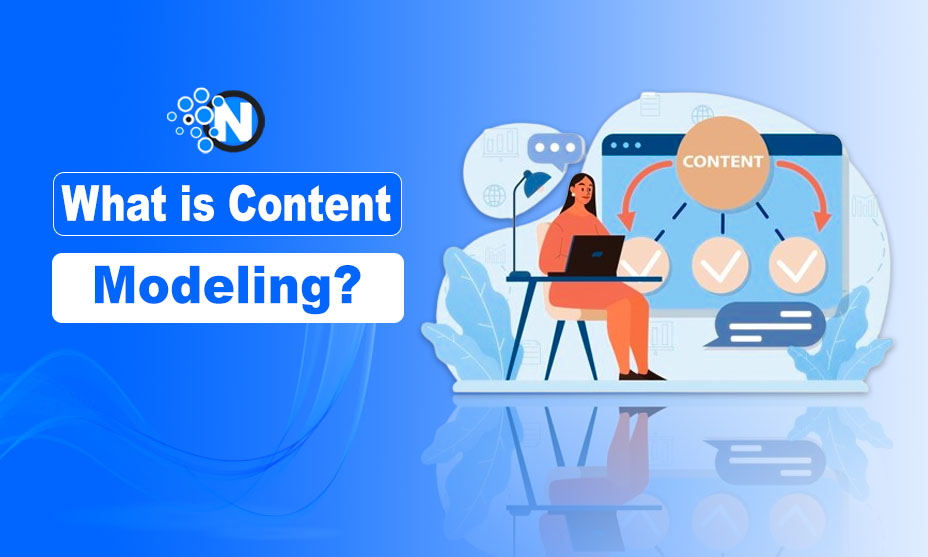What is Content Modeling? Best Practices

Content modeling is like planning how the information will be arranged and shown on websites, apps, and other digital stuff. It’s like drawing a map to ensure everything fits together nicely and can change or increase.
By deciding what kinds of stuff there will be, how they relate, and what special features they have, content modeling helps make things easier for people to use. Good content modeling considers what users want, what the business needs, and what technology can do.
Keep reading the article to understand the content modeling and best practices to implement it in your projects effectively!
Why Does Your Content Model Matter?
Your content model is like the backbone of your online stuff. It decides how things are organized and shown, which affects how people use your website or app. A good content model ensures everything looks and works the same across different digital places.
Figuring out what types of content there are, how they are connected, and what they can do shapes how people use your website or app, making it easy and fun. Good content modeling also considers what people want, what the business needs, and what technology can do.
Content Modeling Best Practices
As with any architectural endeavor, certain best practices can guide you towards crafting effective content models. Here are some key principles to consider:

1- Start with Strategy
Establishing a clear strategic basis is crucial before starting the complex work of content modeling. This entails outlining the main purposes and aims of your online presence. Are you trying to convince, enlighten, educate, or amuse your audience? The goal of your content will direct the modeling process as a whole.
Identifying your target audience and learning about their requirements, interests, and behaviors are also very important. Conducting comprehensive audience research, encompassing user surveys, interviews, and analytics analysis, can provide significant insights into the kind of content that appeals to your target audience the most.
2- Collaborate Across Disciplines
Content modeling is a collaborative process that involves input from multiple disciplines such as information architecture, design, development, and content strategy. It is not a solo undertaking.
The ability to develop captivating storylines and messaging that connect with the target audience is a valuable skill that content makers offer. In order to improve the user experience overall, designers offer their artistic talents to the creation of visually appealing layouts and user interfaces.
In order to apply the content model within the selected content management system (CMS) or digital platform, developers offer their technical knowledge.
3- Embrace Flexibility
Being flexible is essential to ensure the longevity and adaptability of your content model in the quickly changing digital landscape. Your content model should be flexible enough to adapt to new content types, technological advancements, and user preferences without needing to be completely redone.
One of the best ways to acheive flexibility is using a modular approach to content modeling, in which content categories are divided into more manageable, reusable components that are readily reorganized and repurposed as needed.
This saves you from having to start from scratch when you need to modify your content model to meet new specifications and use cases.
4- Prioritize User Experience
Every effective content model is built around a dedication to providing an outstanding user experience. This includes developing information structures that are user-friendly, accessible, and navigable across a range of platforms and devices.
The user journey and the ways in which consumers will engage with your content at each stage should be taken into account when creating your content model. Take note of aspects that lead viewers through your material and encourage interaction, like interactive components, navigation menus, and information hierarchy.

5- Monitor and Adjust
Lastly, content modeling is an iterative process that calls for constant improvement and optimization rather than a one-time event. Use analytics data, user feedback, and usability testing to continuously assess the efficacy of your content model. Then, use the insights gained to influence decisions about subsequent versions.
It is important to have an open mind, be creative, and don’t hesitate to make changes to your content model in response to feedback from actual users. Be prepared to modify and evolve your content model in order to stay up with shifting user expectations and trends.
This can involve adding new features and functionality, fine-tuning your taxonomy, or adjusting the structure of your content types.
Tools and Resources for Building Your Content Model
Several tools and resources can assist you in building your content model:
Content Mapping Tools: These online tools help you visually map out your content structure and relationships between different content types.
Content Style Guides: Develop a style guide to define your brand voice, tone, and formatting preferences to ensure consistency across your content.
Content Management Systems (CMS): Many CMS platforms offer features specifically designed to support content models.
Concluding Thoughts
Creating a solid plan for your content and following the best ways to handle it is super important for making your online projects work well. By starting early, keeping things simple and easy to change, using clear names for your content parts, and picking the suitable types of fields, you make sure everything runs smoothly.
Also, thinking about unusual situations and how to reach people helps a lot. Using particular fields to connect different parts of your content is also a good idea. So, if you use these ideas, you’ll do great in managing and sharing your content online, getting people interested, and achieving your goals.




